Home>Furniture>Outdoor Furniture>How To Clean Decking With A Pressure Washer
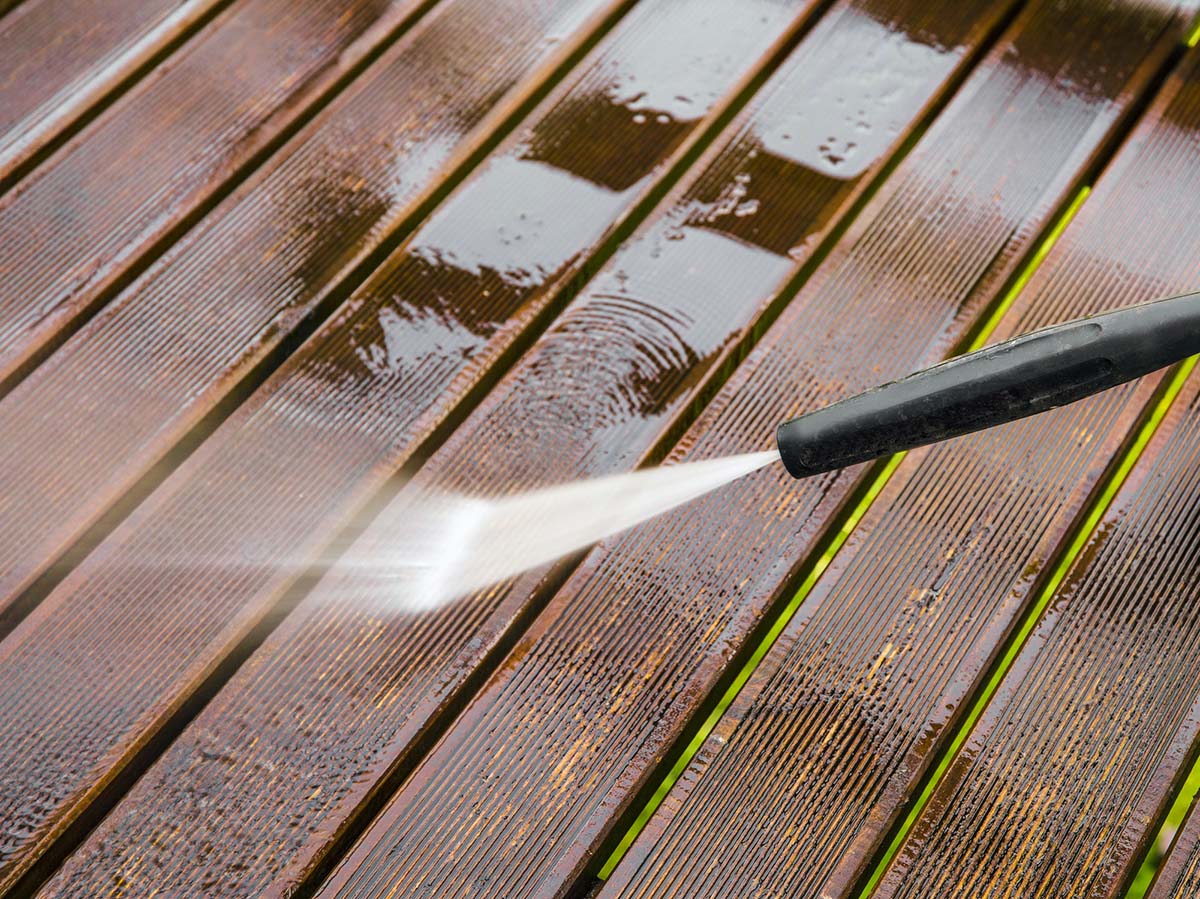

Outdoor Furniture
How To Clean Decking With A Pressure Washer
Modified: October 20, 2024
Learn how to effectively clean your outdoor furniture deck using a pressure washer. Keep your decking looking brand new with this easy cleaning method.
(Many of the links in this article redirect to a specific reviewed product. Your purchase of these products through affiliate links helps to generate commission for Storables.com, at no extra cost. Learn more)
Introduction
Welcome to the ultimate guide on how to clean decking with a pressure washer. If you’re a proud outdoor enthusiast, you understand the importance of having a clean and well-maintained deck. Not only does it enhance the visual appeal of your outdoor space, but it also prolongs the lifespan of your deck by preventing dirt, grime, and mold from accumulating.
Pressure washing has become one of the most popular methods for deep cleaning decks. With its powerful spray, a pressure washer can effectively remove stubborn stains, algae, and debris, leaving your deck looking brand new. However, using a pressure washer requires some knowledge and preparation to ensure satisfactory results and prevent damage to your deck.
In this guide, we will take you through the process of cleaning your deck with a pressure washer, step by step. We will also provide valuable tips and safety precautions to help you achieve optimal results. So, put on your protective gear, grab your pressure washer, and let’s get started!
Understanding Pressure Washers
Before diving into the specifics of cleaning your deck, it’s essential to understand the different types of pressure washers available. There are two main types: gas-powered and electric-powered pressure washers.
Gas-powered pressure washers: These machines are typically more powerful and suitable for larger decks or heavily stained surfaces. They offer higher pressure and flow rates, making them more efficient in tackling tough dirt and grime. However, they are also noisier, require more maintenance, and emit exhaust fumes.
Electric-powered pressure washers: These washers are lighter, more portable, and produce less noise compared to gas-powered ones. They are ideal for smaller decks or regular maintenance. Electric pressure washers are also more environmentally friendly. However, they may not offer the same level of power as gas-powered models, making them less effective against stubborn stains.
Preparing for Deck Cleaning
Before you start pressure washing your deck, take the time to prepare the area and gather the necessary tools and materials. Here are some essential steps to follow:
- Clear the deck of any furniture, plants, or other items that could get in the way.
- Sweep the deck thoroughly to remove loose debris.
- Inspect the deck for any loose or damaged boards and make any necessary repairs before cleaning.
- Cover any delicate plants or nearby surfaces that could be damaged by the pressure washer spray.
Choosing the Right Pressure Washer for Your Deck
Choosing the correct pressure washer for your deck is crucial to ensure effective cleaning without causing any damage. Consider the following factors when selecting a pressure washer:
- Pressure rating: Look for a pressure washer with an adjustable pressure rating. Too much pressure can damage the wood, while too little pressure may not clean effectively.
- Flow rate: A higher flow rate will help wash away dirt and debris more efficiently.
- Nozzles and attachments: Opt for a pressure washer that comes with various nozzles and attachments, including a fan or wide-angle nozzle for deck cleaning.
- Power source: Choose between gas-powered and electric-powered washers, considering your specific needs and preferences.
Safety Precautions for Pressure Washing
Pressure washing can be safe and effective if you follow proper safety precautions. Here are some essential safety tips:
- Wear protective gear, including safety glasses, gloves, and non-slip shoes.
- Keep a safe distance from the surface being cleaned to avoid injuries. Refer to the manufacturer’s guidelines for the recommended distance.
- Avoid pointing the pressure washer spray at yourself or others.
- Be cautious of electrical outlets and water sources to prevent accidents.
- Familiarize yourself with the pressure washer’s manual and operating instructions.
In the next section, we will guide you through the step-by-step process of cleaning your deck with a pressure washer to achieve optimal results. Stay tuned!
Key Takeaways:
- Pressure washing your deck with the right equipment and safety precautions can effectively remove dirt and stains, restoring its beauty and prolonging its lifespan.
- Regular maintenance, including cleaning, protecting against moisture, and inspecting for damages, is crucial for preserving the durability and appearance of your deck.
Read more: How To Clean Siding With Pressure Washer
Understanding Pressure Washers
Before diving into the specifics of cleaning your deck with a pressure washer, it’s essential to understand the different types and features of pressure washers. By familiarizing yourself with these aspects, you can make an informed decision about which pressure washer is best suited for your deck cleaning needs.
Gas-powered pressure washers: These machines are typically more powerful and are ideal for larger decks or surfaces with heavy staining. They are equipped with gasoline engines that drive a pump to create high-pressure water flow. Gas-powered pressure washers offer higher pressure and flow rates, making them more efficient at tackling tough dirt, grime, and mold. They are capable of deep cleaning even the most stubborn stains on your deck. However, they tend to be bulkier, heavier, and noisier than electric-powered washers. Additionally, gas-powered washers require regular maintenance, including checking and changing oil, fuel stabilization, and winterizing procedures if you live in a cold climate. It’s important to note that these machines produce exhaust fumes, so proper ventilation is necessary when using them.
Electric-powered pressure washers: These washers are generally lighter, more portable, and produce less noise compared to their gas-powered counterparts. They are suitable for smaller decks or regular maintenance where heavy-duty cleaning is not required. Electric pressure washers are powered by electricity and are generally more eco-friendly. They are easier to start and maintain, requiring less frequent maintenance compared to gas-powered models. However, electric washers may not offer the same level of power as gas-powered ones, making them less effective against deeply embedded stains or heavily soiled surfaces. Additionally, they are limited by electrical cord length and availability of electrical outlets. It’s important to choose an electric pressure washer with the right power output and flow rate to ensure effective cleaning.
When selecting a pressure washer for your deck, consider the following factors:
- Pressure rating: Look for a pressure washer with an adjustable pressure rating. This feature allows you to control the pressure output to suit the needs of your deck. Too much pressure can damage the wood, while too little pressure may not clean effectively.
- Flow rate: The flow rate refers to the volume of water the pressure washer can deliver per minute. A higher flow rate will help wash away dirt and debris more efficiently. Look for a pressure washer with a flow rate suitable for your deck’s cleaning requirements.
- Nozzles and attachments: Opt for a pressure washer that comes with a variety of nozzles and attachments. These accessories can enhance the cleaning process and make it easier to reach different parts of your deck. Look for a washer that includes a fan or wide-angle nozzle specifically designed for deck cleaning.
- Power source: Consider whether a gas-powered or electric-powered pressure washer suits your needs and preferences. Take into account the size of your deck, the level of cleaning required, and any specific limitations or requirements you may have, such as noise restrictions or access to electrical outlets.
Understanding the differences between gas-powered and electric-powered pressure washers, as well as their specific features, will help you make an informed decision when choosing the right pressure washer for your deck cleaning needs. In the next section, we will delve into the important safety precautions you should take before using a pressure washer on your deck.
Preparing for Deck Cleaning
Preparing your deck for pressure washing is a vital step in achieving optimal results and preventing any potential damage. Taking the time to properly prepare the area and gather the necessary tools and materials will ensure a smooth and successful deck cleaning process. Here are the essential steps to follow:
- Clear the deck: Before beginning the cleaning process, remove any furniture, plants, or other items from the deck. Clearing the deck will not only provide a clear work area but also prevent any potential damage to your belongings.
- Sweep the deck: Use a broom or brush to sweep the deck surface thoroughly. This will remove loose debris such as leaves, dirt, and twigs. Sweeping the deck helps create a clean surface for the pressure washer to work on and prevents any clogging or damage to the machine.
- Inspect for damage: Take the time to inspect your deck for any loose or damaged boards, nails, or screws. Make any necessary repairs before proceeding with the pressure washing process. Fixing any issues beforehand will prevent further damage during the cleaning process.
- Cover delicate plants or surfaces: Protect any delicate plants, nearby surfaces, or objects that could be damaged by the pressure washer spray. Use plastic covers or tarps to shield these areas from the high-pressure water. It’s important to secure the coverings properly to ensure they stay in place during the cleaning process.
- Pre-soak the deck: For heavily soiled areas or stubborn stains, it can be beneficial to pre-soak the deck surface with a deck cleaner or a mixture of water and an appropriate cleaning solution. Allow the solution to sit for a few minutes to loosen the dirt and grime before pressure washing.
By following these preparation steps, you’ll create an ideal environment for a successful and efficient deck cleaning with a pressure washer. Clearing and inspecting the deck, as well as pre-soaking and protecting delicate areas, will help ensure a safe and effective cleaning process. Once you’ve completed the preparations, it’s time to choose the right pressure washer for your deck. We’ll go over this in the next section.
Choosing the Right Pressure Washer for Your Deck
Choosing the right pressure washer for your deck cleaning needs is essential to achieve effective and efficient results. There are several factors to consider when selecting a pressure washer that will suit your deck’s requirements. By keeping these factors in mind, you can ensure that you have the appropriate equipment to thoroughly clean your deck without causing any damage.
- Pressure rating: The pressure rating of a pressure washer is measured in pounds per square inch (PSI). Different deck materials and conditions require different pressure levels for optimal cleaning. It’s important to choose a pressure washer with an adjustable pressure rating to accommodate various cleaning needs. This will allow you to customize the pressure output based on the type of dirt or stains on your deck.
- Flow rate: The flow rate of a pressure washer is measured in gallons per minute (GPM), indicating the amount of water the machine can deliver in a specific time frame. A higher flow rate facilitates faster and more efficient cleaning. For deck cleaning, a flow rate of around 1.5 to 2.5 GPM is generally sufficient.
- Nozzles and attachments: Look for a pressure washer that comes with a selection of nozzles and attachments. Different spray patterns and angles can enhance the cleaning process and make it easier to reach different areas of your deck. A fan or wide-angle nozzle is particularly useful for deck cleaning as it provides a wider coverage area and ensures even cleaning.
- Power source: Pressure washers come in two main types of power sources: gas-powered and electric-powered.
- Gas-powered pressure washers: These machines are typically more powerful and are suitable for larger decks or heavily stained surfaces. They offer higher pressure and flow rates, making them efficient at tackling tough dirt and grime. Gas-powered washers require gasoline and emit exhaust fumes, so they should be used in well-ventilated outdoor areas. They also require regular maintenance, including oil changes and fuel stabilization.
- Electric-powered pressure washers: These washers are lighter, more portable, and produce less noise compared to gas-powered ones. They are ideal for smaller decks or regular maintenance. Electric washers are environmentally friendly and require less maintenance. However, they may not offer the same level of power as gas-powered models, so they are best suited for light to medium-duty cleaning tasks.
- Additional features: Consider any additional features that may be beneficial for your deck cleaning. Some pressure washers have built-in detergent tanks, allowing you to apply cleaning solutions directly through the machine. Adjustable spray wands or pressure control settings can also be useful for customizing the cleaning process to suit your deck’s needs.
By taking into account the pressure rating, flow rate, nozzles and attachments, power source, and additional features, you can choose a pressure washer that will provide you with the right combination of power and functionality to effectively clean your deck. Once you’ve chosen the ideal pressure washer, it’s important to follow proper safety precautions before proceeding with the deck cleaning process. We will cover these safety measures in the next section.
Safety Precautions for Pressure Washing
While pressure washing is an effective method for cleaning decks, it’s important to prioritize safety to prevent accidents and injuries. The powerful spray of a pressure washer can cause harm if not used correctly. By following these safety precautions, you can ensure a safe and successful deck cleaning experience:
- Wear protective gear: Before starting the pressure washer, make sure to wear appropriate protective gear. This includes safety goggles or glasses to shield your eyes from debris, gloves to protect your hands, and non-slip shoes to prevent slipping and falling.
- Keep a safe distance: Maintain a safe distance between yourself and the area being cleaned. Follow the manufacturer’s recommendations for the recommended distance. Being too close to the pressure washer spray can cause injuries from the high-pressure water or debris being dislodged.
- Avoid pointing the spray at yourself or others: Never point the pressure washer spray towards yourself, others, or pets. The high-pressure water can cause serious injuries, particularly if it comes into contact with sensitive areas like the eyes or face. Direct the spray away from people and animals at all times.
- Be cautious of electrical outlets and water sources: Ensure that electrical outlets, outdoor lighting fixtures, and other water sources are properly protected from water exposure. Avoid spraying water directly into outlets or electrical components to prevent electrical hazards. Use ground fault circuit interrupters (GFCIs) or protectors to minimize the risk of electric shock.
- Familiarize yourself with the pressure washer: Read and understand the manufacturer’s manual and operating instructions before using the pressure washer. Familiarize yourself with the controls, safety features, and proper operation of the machine. This will help you use it correctly and minimize the risk of accidents.
- Use appropriate cleaning techniques: Follow proper cleaning techniques to avoid damage to the deck and surrounding areas. Move the spray nozzle in a consistent and even motion, keeping it at a slight angle rather than directly perpendicular to the deck surface. This will prevent etching or gouging of the wood. Test the pressure washer on a small, inconspicuous area of the deck to determine the optimal pressure and distance.
- Turn off the pressure washer when not in use: When taking breaks or moving to a new area, always turn off the pressure washer to prevent accidental spraying. This will also help conserve water and extend the life of the machine.
By following these safety precautions, you can minimize the risks associated with pressure washing and ensure a safe and successful deck cleaning process. Prioritizing safety will allow you to focus on achieving excellent results without any unwanted accidents. In the next section, we will guide you through a step-by-step process for cleaning your deck with a pressure washer.
Before using a pressure washer on your decking, make sure to sweep away any debris and use a low-pressure setting to avoid damaging the wood. Always keep the nozzle moving to prevent any streaking or gouging.
Read more: How To Clean Stucco With Pressure Washer
Step-by-Step Guide to Cleaning Your Deck with a Pressure Washer
Now that you’ve prepared your deck and taken the necessary safety precautions, it’s time to dive into the step-by-step process of cleaning your deck with a pressure washer. Follow these instructions to achieve a thorough and effective clean:
- Connect the pressure washer: Start by connecting the pressure washer to a water source. Ensure that all connections are secure, and there are no leaks. If your pressure washer has an onboard detergent tank, fill it with an appropriate deck cleaning solution or detergent.
- Test the pressure and distance: Before starting the cleaning process, test the pressure washer on a small, inconspicuous area of the deck. Adjust the pressure and find the optimal distance to clean without causing any damage. Keep in mind that different decking materials may require different settings.
- Begin cleaning: Starting from one end of the deck, hold the pressure washer wand at a slight angle and about 12-18 inches away from the surface. Move the wand in a consistent and even motion across the deck boards, following the grain. Avoid staying in one spot for too long to prevent etching or gouging of the wood. Clean an area of about 2-3 feet at a time, working in sections.
- Pay attention to stubborn stains: For particularly stubborn stains or heavily soiled areas, use a narrower spray pattern or switch to a rotating or turbo nozzle if available. Focus the spray directly on the stained area, moving back and forth until the stain starts to lift. Be careful not to get too close or use excessive pressure as this can damage the wood.
- Clean the deck edges and corners: Use a smaller nozzle or an attachment with a narrower spray pattern to clean hard-to-reach areas such as deck edges, corners, and stairs. Take your time and ensure that all areas of the deck are thoroughly cleaned.
- Rinse the deck: After the entire deck has been cleaned, switch the pressure washer to a lower-pressure rinse setting or remove the nozzle attachment. Rinse the deck from one end to the other, removing any remaining dirt and detergent residue. Pay close attention to the gaps between the deck boards to ensure they are clear of debris.
- Dry and inspect the deck: Allow the deck to dry completely before replacing any furniture or accessories. Once the deck is dry, inspect the surface for any missed spots or stains that may require additional cleaning or treatment.
- Apply a protective finish (optional): If desired, you can apply a protective finish or deck sealer to enhance the longevity and appearance of your deck. Follow the manufacturer’s instructions for the specific product you choose.
Following these step-by-step instructions will ensure a thorough and effective deck cleaning using a pressure washer. Remember to take breaks as needed and work in small sections to maintain control and achieve the best results. With a little patience and care, your deck will be restored to its former glory. In the next section, we’ll provide you with some additional tips for effective deck cleaning.
Tips for Effective Deck Cleaning
Cleaning your deck with a pressure washer can be a highly effective method for removing dirt, grime, and stains. To ensure the best results and make the most of your deck cleaning efforts, consider the following tips:
- Choose the right nozzle: Selecting the appropriate nozzle for the cleaning task can make a big difference. Use a fan or wide-angle nozzle for general cleaning, and switch to a narrow nozzle for stubborn stains or hard-to-reach areas.
- Pre-soak heavily soiled areas: For particularly dirty or stained areas, pre-soaking the deck with a deck cleaner or a mixture of water and cleaning solution can help loosen the dirt and grime. Allow the solution to sit for a few minutes before pressure washing.
- Work in small sections: Cleaning your deck in small sections allows you to focus on one area at a time and ensures consistent and thorough cleaning. It also prevents the cleaning solution from drying too quickly on the surface.
- Keep a steady and even motion: Maintain a consistent and even motion when using the pressure washer. A smooth back-and-forth motion across the deck boards helps to clean evenly and prevent streaks or uneven cleaning marks.
- Maintain the recommended distance: Pay attention to the recommended distance from the surface that the manufacturer suggests for your pressure washer model. Keeping the nozzle at the ideal distance ensures optimal cleaning without damaging the wood or surface.
- Avoid using excessive pressure: Using too much pressure can damage the wood and leave marks or etching. Start with the minimal pressure necessary to clean effectively and increase gradually if needed. It’s better to take more time and use less pressure to protect the integrity of your deck.
- Clean deck edges and gaps: Don’t forget about the edges of your deck and the gaps between the deck boards. Use a narrower nozzle or an attachment to clean these areas thoroughly, as they can accumulate a lot of dirt and debris.
- Take breaks: Pressure washing can be physically demanding, so remember to take breaks as needed to rest and hydrate. This will help maintain your energy and focus for a more effective cleaning process.
- Inspect for damages: Once the deck is clean and dry, inspect the surface for any damages or potential maintenance needs. Look for loose boards, nails, or screws, and make any necessary repairs before sealing or refinishing the deck.
- Consider professional help if needed: If you have a large or highly stained deck, or if you’re unsure about using a pressure washer, it may be wise to seek professional help. Experienced professionals can ensure a thorough and safe cleaning process while preserving the integrity of your deck.
By implementing these tips, you can maximize the effectiveness of your deck cleaning efforts, achieve a beautifully cleaned deck, and extend its lifespan. Remember to always prioritize safety and carefully follow the manufacturer’s instructions when using your pressure washer. With proper maintenance and regular cleaning, your deck will continue to be a stunning outdoor space for years to come.
In the final section, we’ll discuss the importance of maintaining and caring for your deck to ensure its longevity.
Maintaining and Caring for Your Deck
Once you’ve cleaned your deck with a pressure washer, it’s important to establish a regular maintenance routine to ensure its long-term durability and beauty. Proper maintenance and care will help your deck withstand the elements and daily use, prolonging its lifespan and minimizing the need for repairs. Here are some essential tips to maintain and care for your deck:
- Schedule regular cleanings: Regularly clean your deck to prevent the buildup of dirt, grime, and mold. Depending on your deck’s exposure and level of use, a yearly or semi-annual cleaning may be sufficient. Regular cleaning will help maintain the deck’s appearance and prevent the need for intense cleaning in the future.
- Protect against moisture: Moisture is a common enemy of deck surfaces. Ensure that your deck has a properly functioning drainage system to prevent water from pooling and causing damage. Regularly inspect the deck for any signs of water damage, such as rotting wood or discoloration. Apply a water-resistant sealant to protect the wood and prevent moisture penetration.
- Keep the deck free of debris: Regularly sweep or blow away leaves, branches, and other debris from your deck. Leaves and debris can trap moisture and promote rot and mold growth. Pay extra attention to the spaces between the deck boards, as debris can accumulate there and cause issues over time.
- Trim vegetation around the deck: Trim any overhanging branches or nearby vegetation that may come in contact with the deck. Leaves, sap, and falling debris from trees can stain or damage the deck surface. Additionally, ensure that potted plants or flower pots have proper drainage to prevent standing water on the deck.
- Inspect and repair: Regularly inspect your deck for any signs of damage, such as loose boards, nails, or screws. Make any necessary repairs promptly to prevent further damage and maintain the structural integrity of the deck. Sand down any splintered or rough areas to keep the deck comfortable and safe for use.
- Apply protective finishes: Depending on the type of wood used for your deck, applying a protective finish or deck sealer can enhance its durability and appearance. These finishes create a barrier against moisture, UV rays, and other damaging elements. Follow the manufacturer’s instructions and reapply the finish as recommended.
- Avoid harsh chemicals: When cleaning your deck, use gentle cleaning solutions specifically formulated for wood surfaces. Harsh chemicals, bleach, or abrasive cleaners can damage or discolor the wood. Always follow the cleaning product’s instructions and rinse thoroughly after cleaning.
- Use furniture pads or coasters: Place furniture pads or coasters under heavy furniture or objects to prevent scratching, indentations, or moisture damage to the deck surface. Regularly move furniture around to ensure even exposure of the deck to sunlight and prevent discoloration.
- Consider refinishing: Over time, the deck’s finish can wear off and the wood may become discolored. If your deck is showing signs of age, consider refinishing it to restore its original beauty. Sand down the surface, apply a new finish, and seal it to protect the wood for years to come.
By following these maintenance and care tips, you can preserve the longevity and appearance of your deck, creating an inviting and enjoyable outdoor space. Regular maintenance will not only enhance the beauty of your deck but also help prevent costly repairs in the future. With proper care, your deck will continue to be a valuable asset that you and your family can enjoy for many years.
Congratulations! You are now equipped with the knowledge and guidance to effectively clean, maintain, and care for your deck using a pressure washer. Enjoy your beautifully cleaned deck and make lasting memories in your outdoor oasis!
Conclusion
Congratulations on completing this comprehensive guide on how to clean your deck with a pressure washer. You now have the knowledge and understanding to tackle this task effectively while ensuring the longevity and beauty of your outdoor space. By following the step-by-step process and implementing the tips and safety precautions provided, you can achieve a thoroughly cleaned deck that looks brand new.
Remember, proper preparation is key to a successful deck cleaning. Clearing the deck, sweeping away debris, and inspecting for any damages are essential steps to take before starting the pressure washing process. Choosing the right pressure washer for your deck, whether gas-powered or electric-powered, can make a significant impact on the cleaning results.
While using a pressure washer, it’s crucial to prioritize safety. Wearing protective gear, maintaining a safe distance, and avoiding pointing the spray at yourself or others are all essential precautions to take. Additionally, familiarize yourself with the pressure washer’s manual to ensure proper operation.
Throughout the cleaning process, working in small sections, keeping a steady motion, and paying attention to stubborn stains will help you achieve the best results. Don’t forget to rinse the deck thoroughly and allow it to dry before considering any additional maintenance steps, such as applying a protective finish or sealant.
Maintaining and caring for your deck is just as important as cleaning it. Regular cleanings, protecting against moisture, and inspecting for damages are key steps to ensure your deck’s durability. Avoiding harsh chemicals, using furniture pads, and considering refinishing when necessary are additional measures to maintain your deck’s beauty in the long run.
With these guidelines and best practices in mind, you can take pride in maintaining a beautiful and inviting outdoor space. Your clean and well-maintained deck will be the perfect backdrop for outdoor gatherings, relaxation, and enjoyment for many years to come.
So, put on your protective gear, get your pressure washer ready, and embark on the journey of cleaning and caring for your deck. Enjoy the satisfaction of a job well done and revel in the beauty of your revitalized outdoor oasis.
Frequently Asked Questions about How To Clean Decking With A Pressure Washer
Was this page helpful?
At Storables.com, we guarantee accurate and reliable information. Our content, validated by Expert Board Contributors, is crafted following stringent Editorial Policies. We're committed to providing you with well-researched, expert-backed insights for all your informational needs.
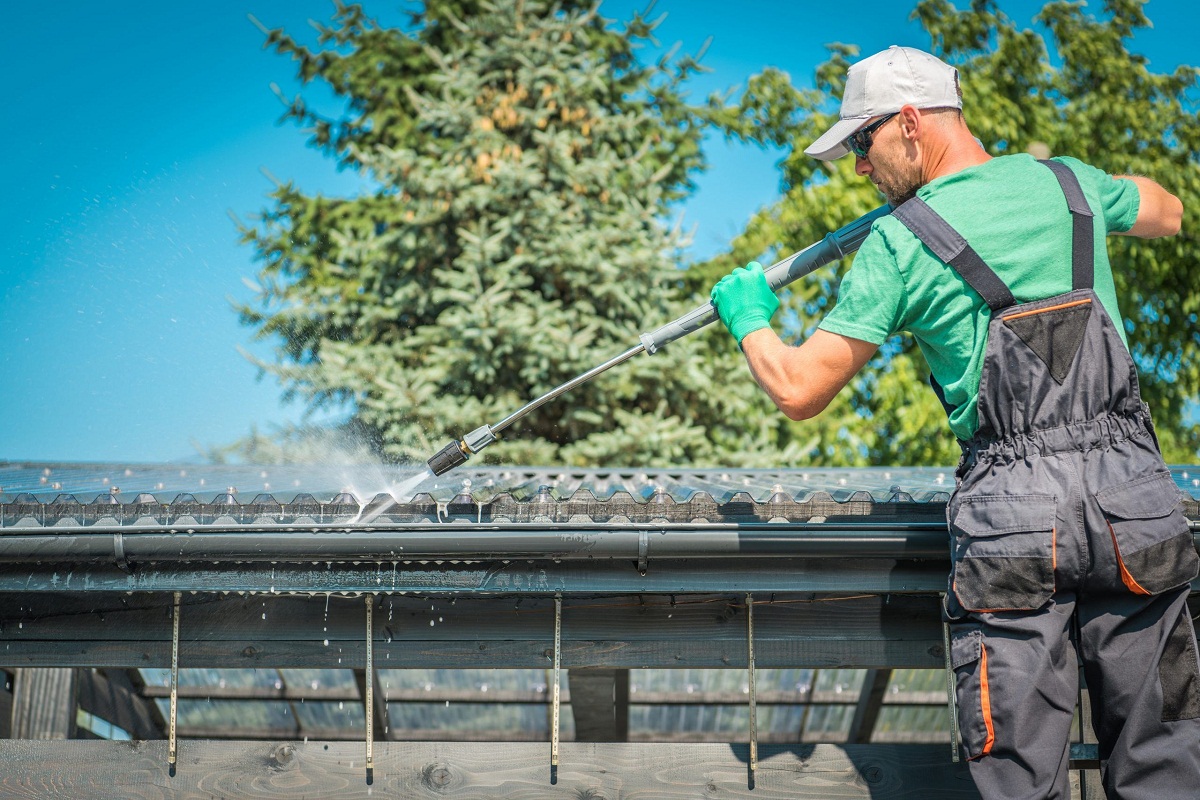
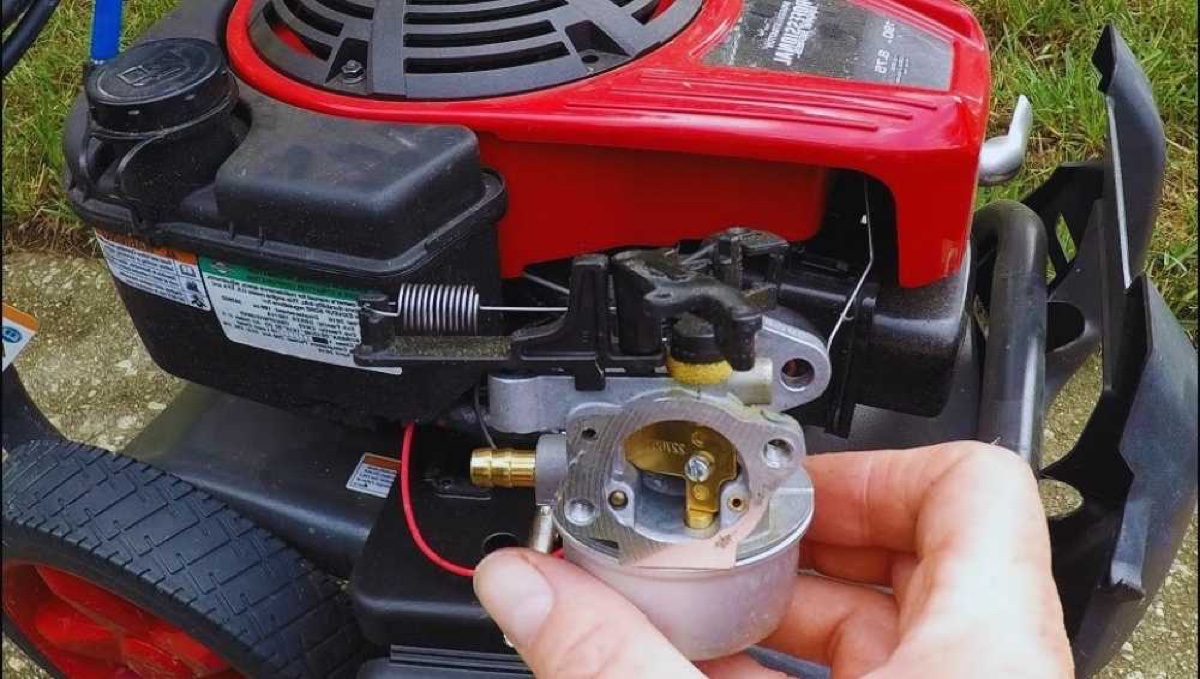
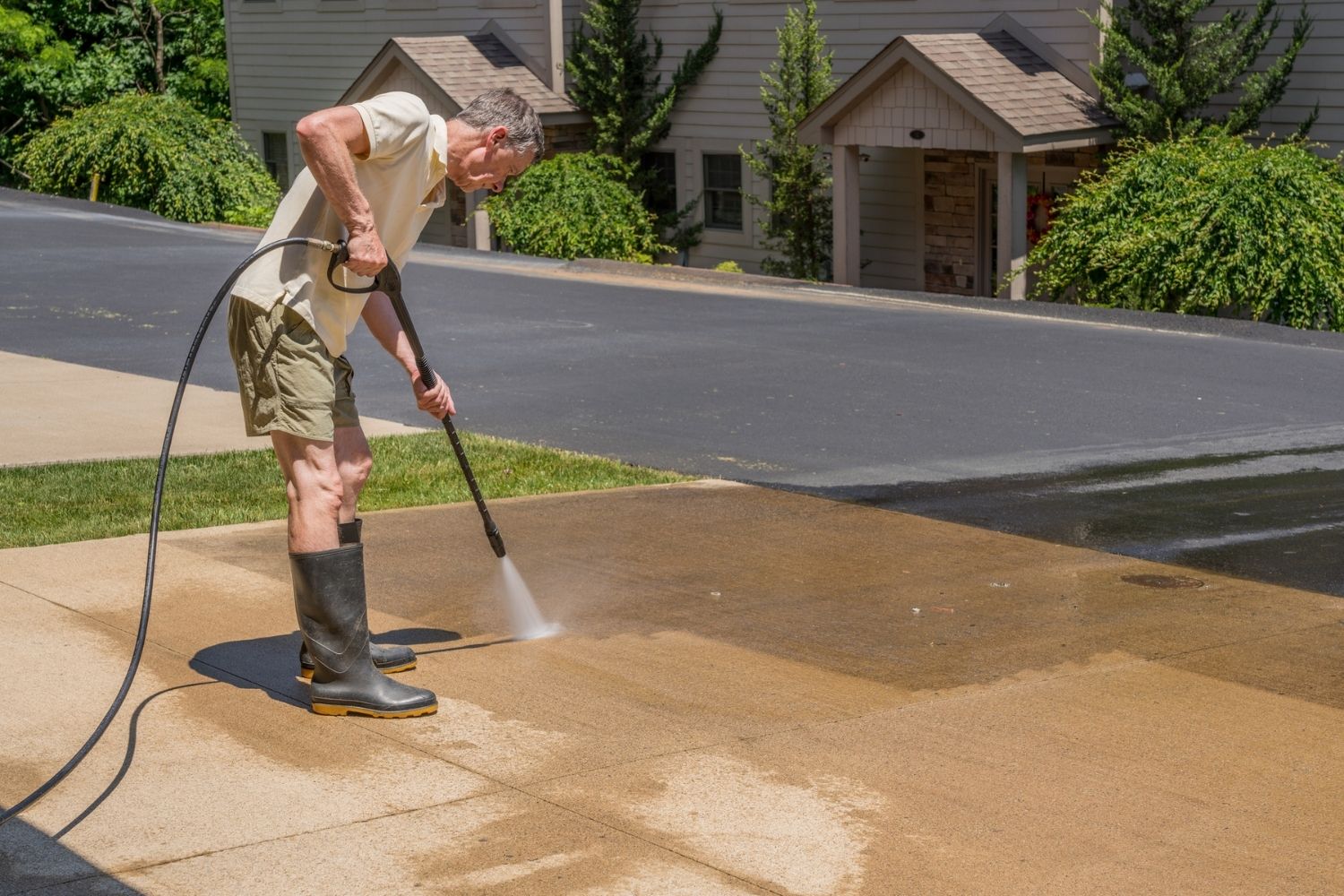
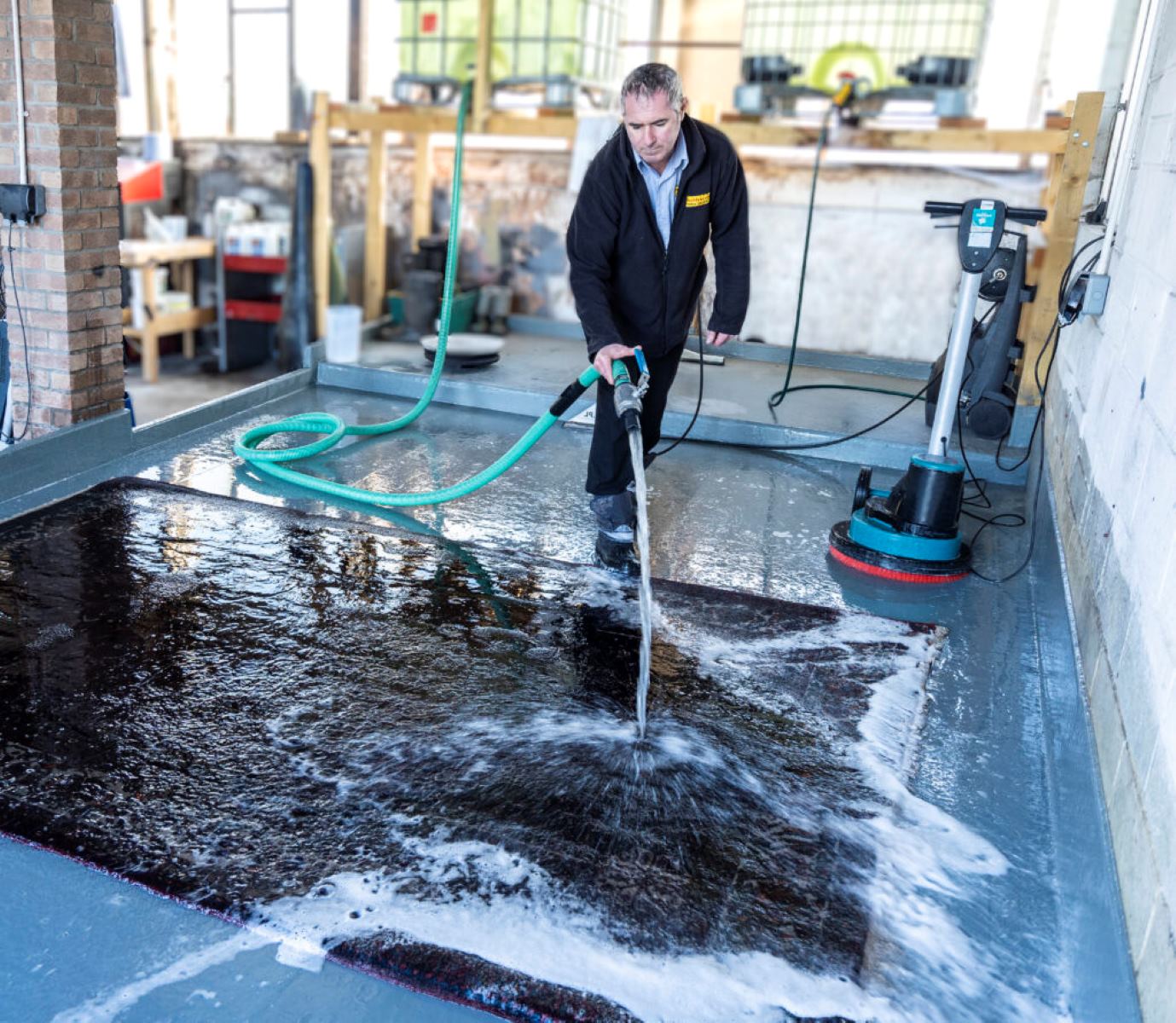
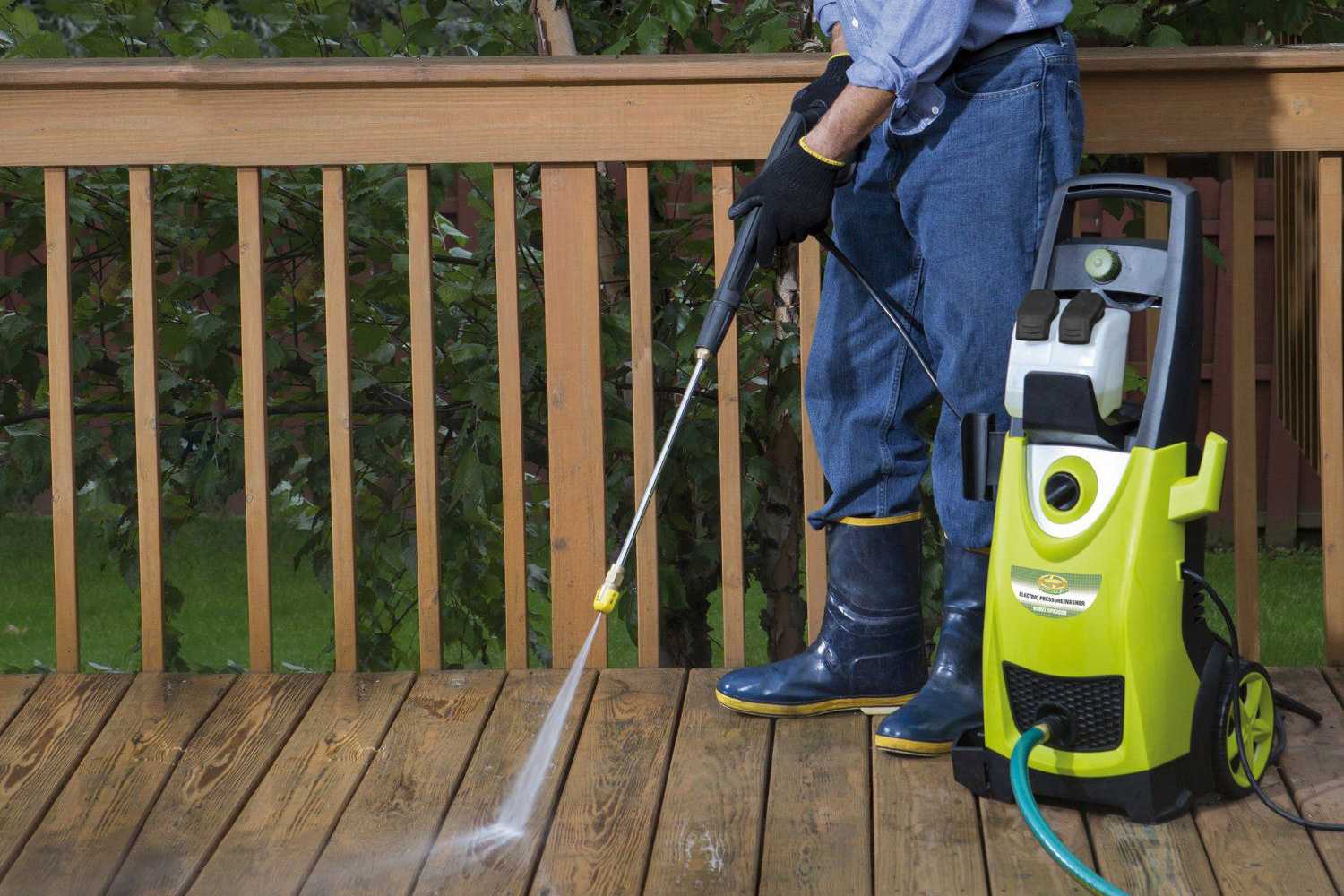
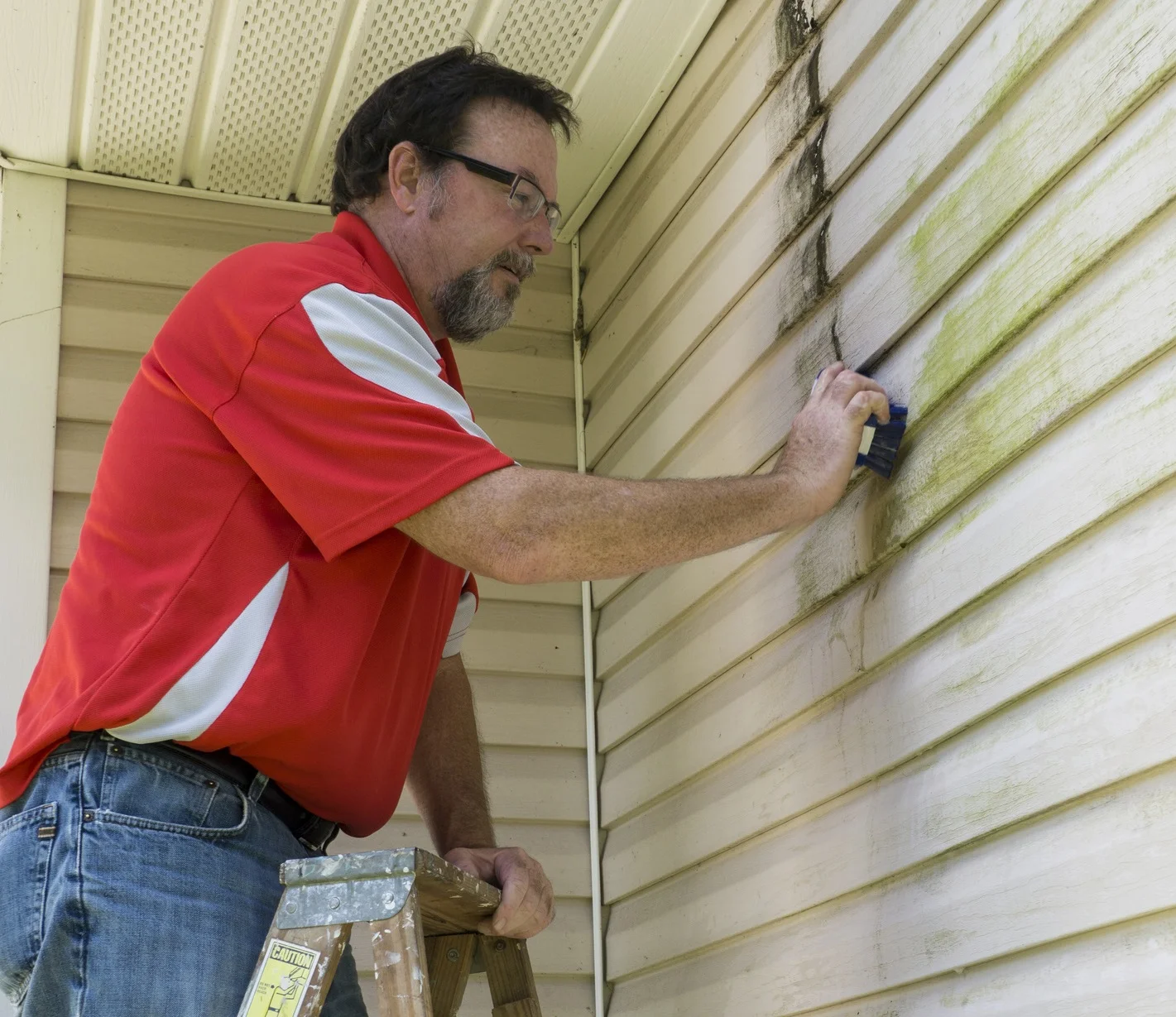
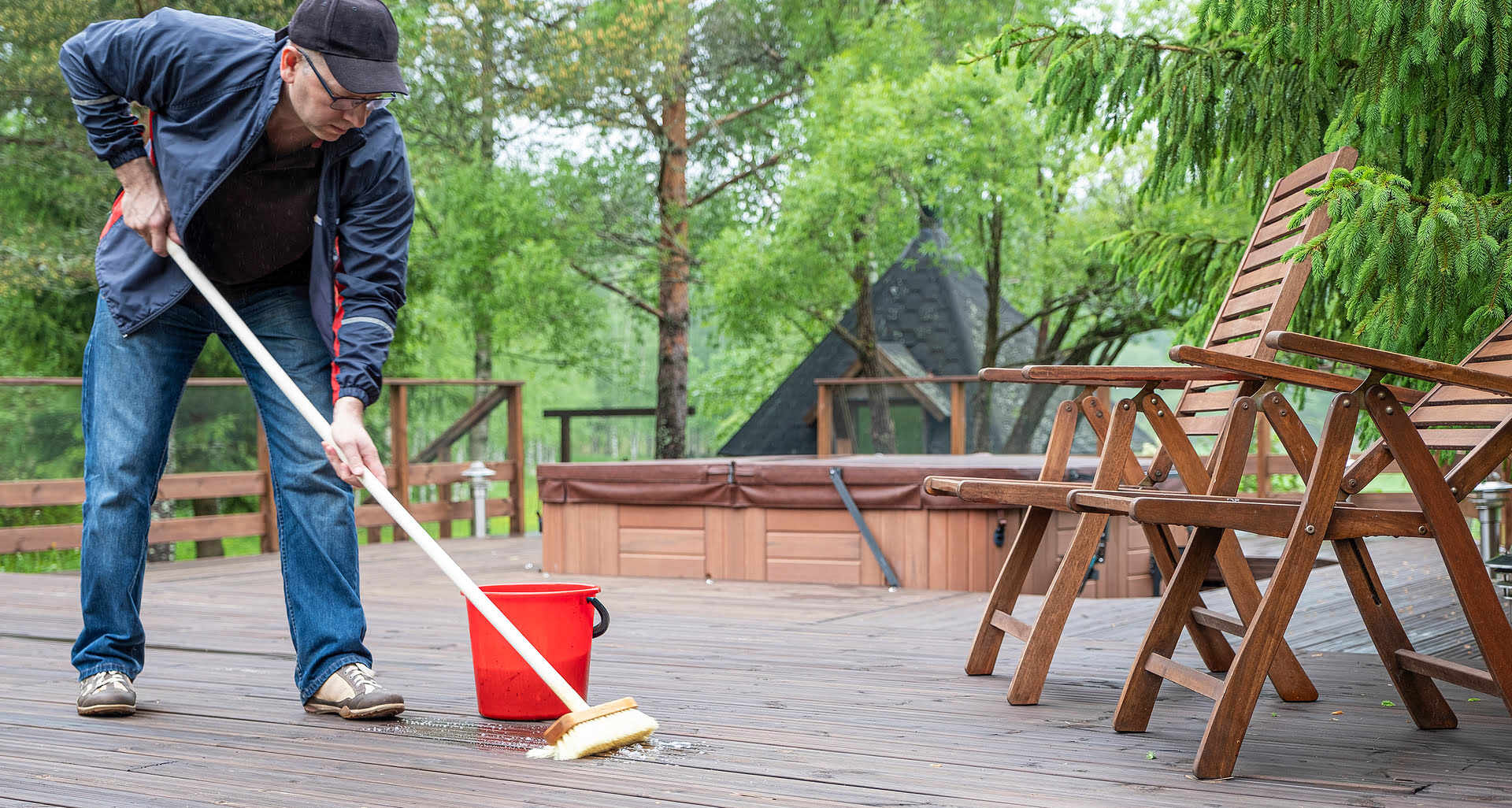
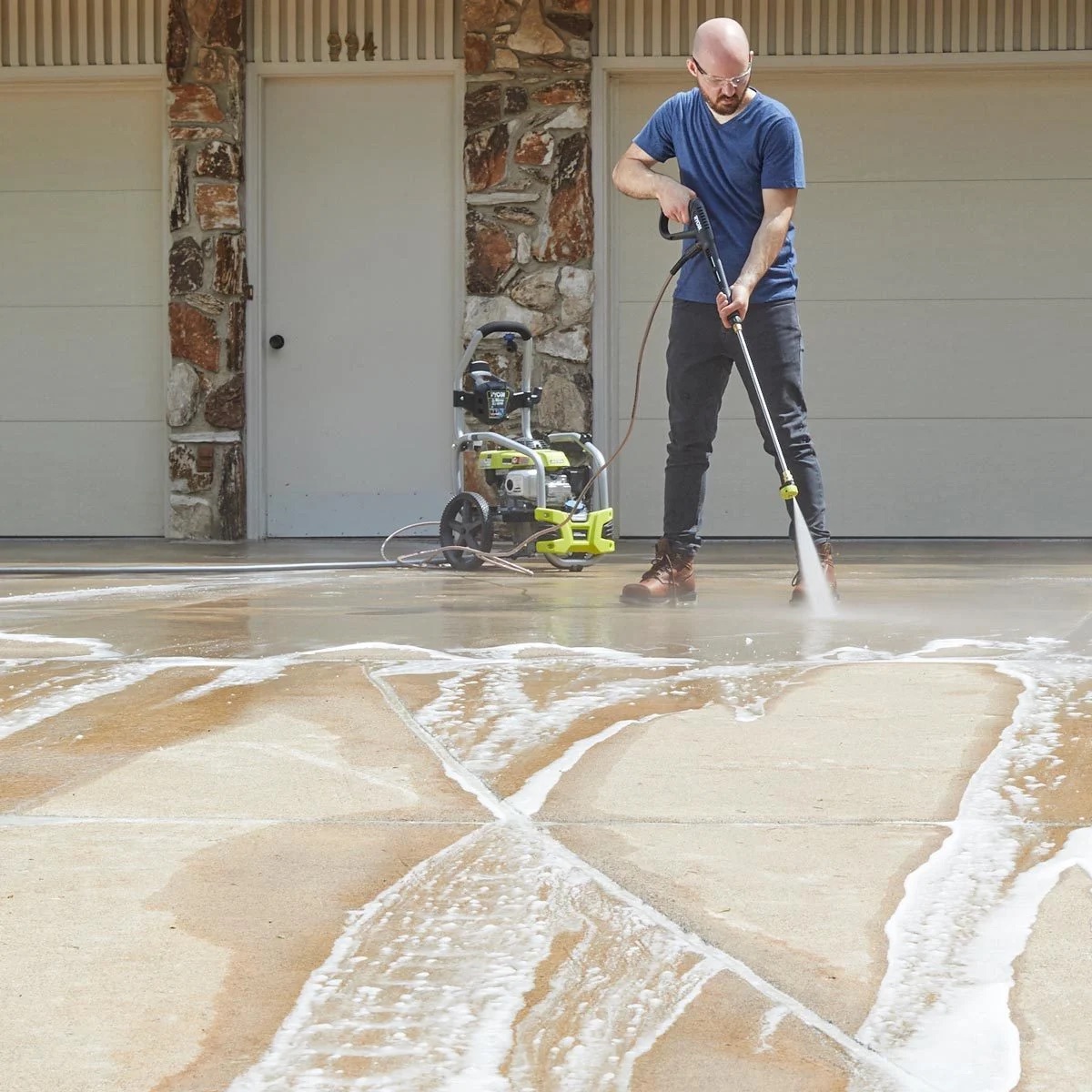

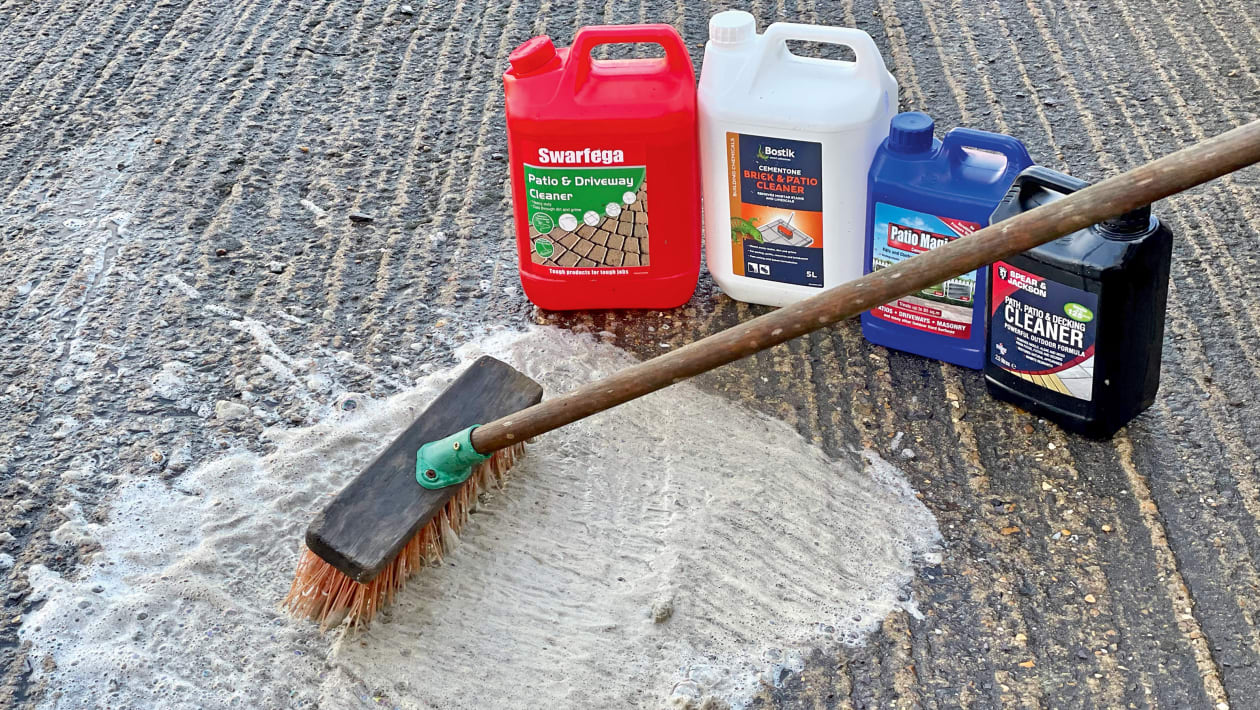

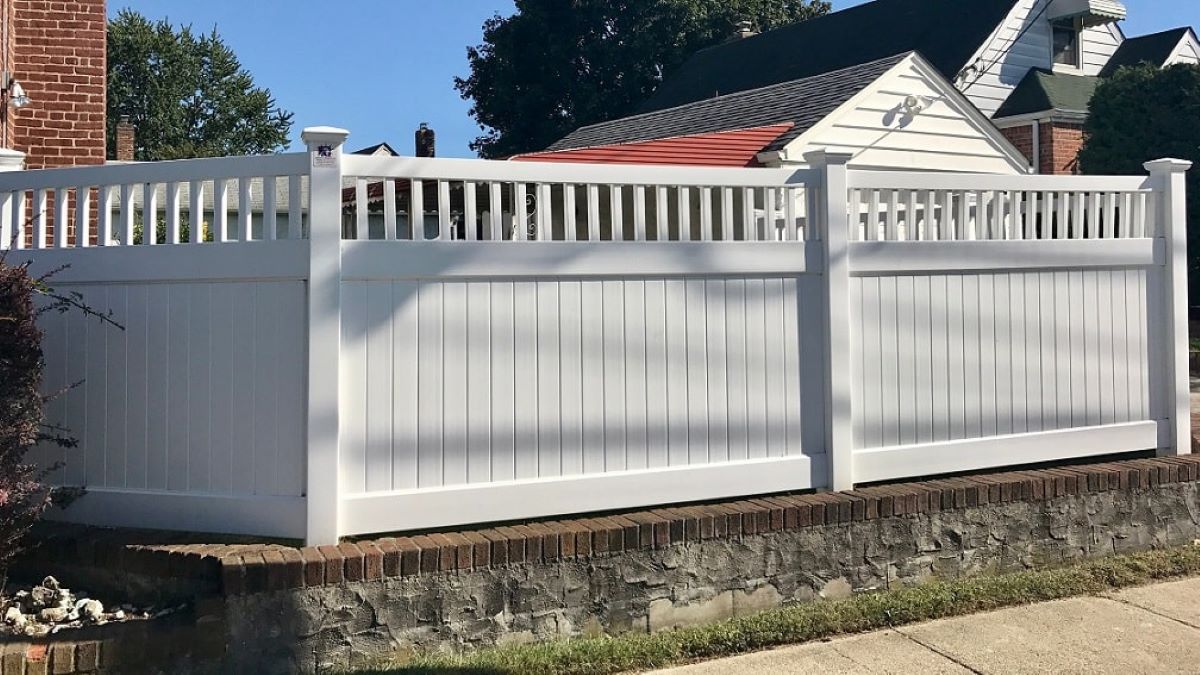
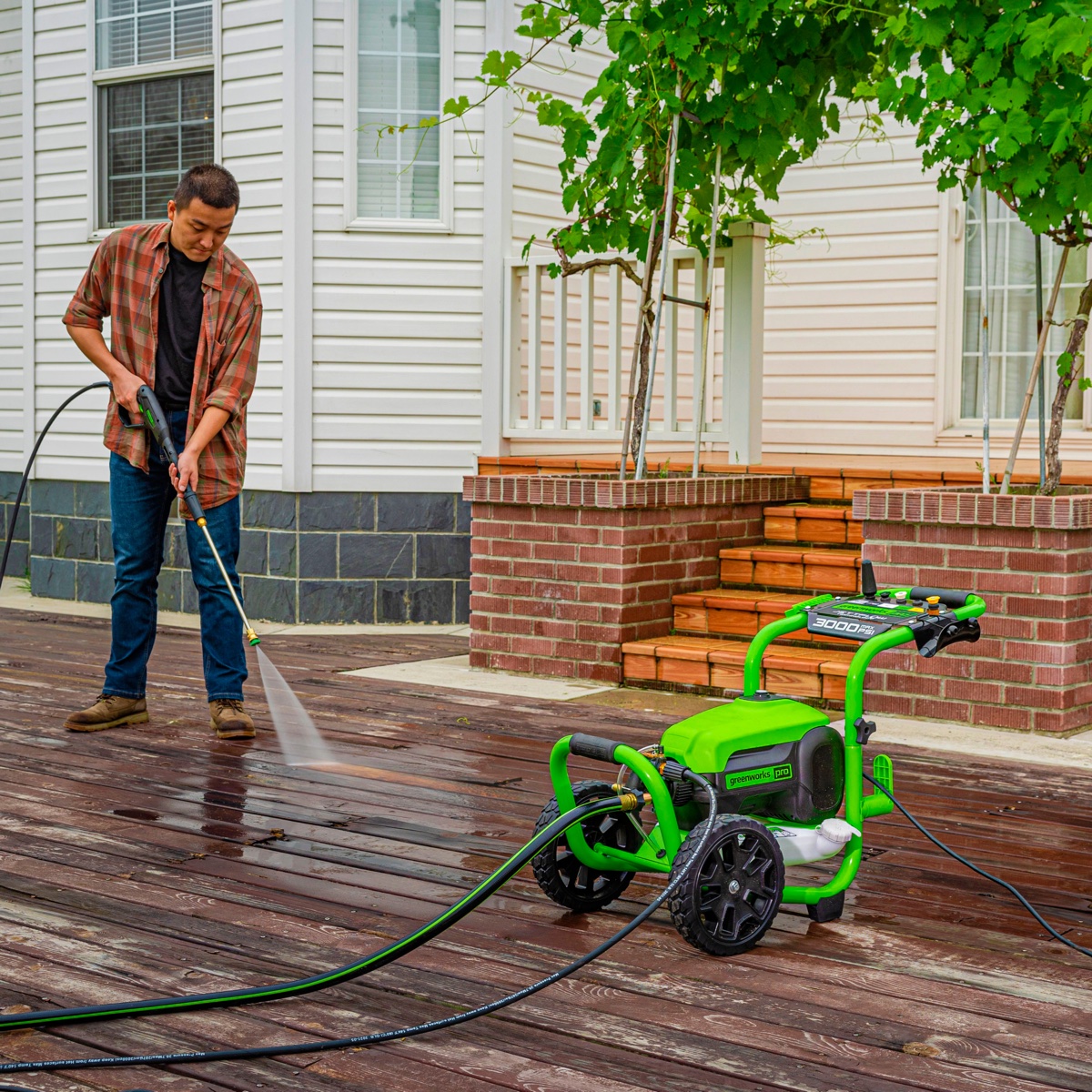


0 thoughts on “How To Clean Decking With A Pressure Washer”